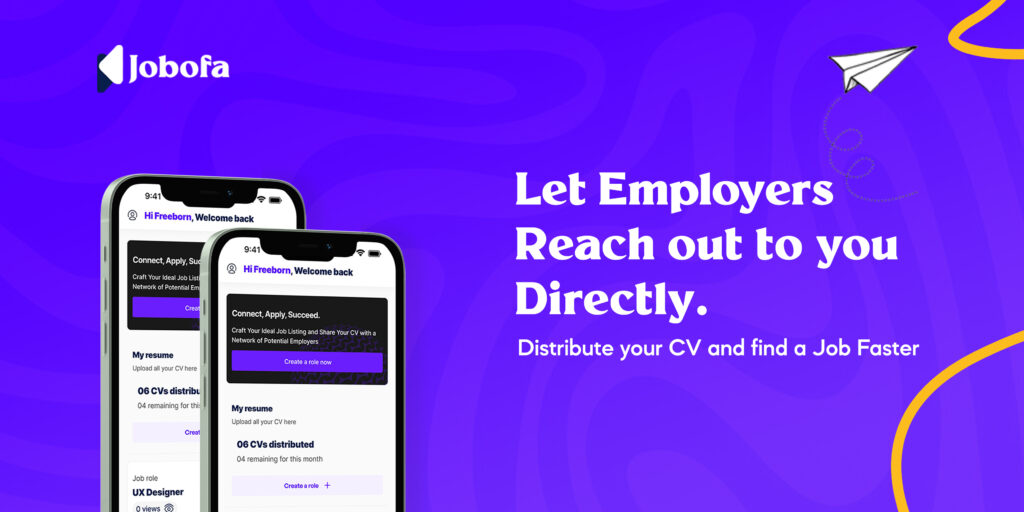
The world of work has undergone a significant transformation in recent years. The rise of remote work, onsite work, and hybrid work models has revolutionized the way we approach our careers and our personal lives. With the advancement of technology and the shift towards flexible work arrangements, employees and employers alike are reaping the benefits of increased productivity, improved work-life balance, and access to a global talent pool. However, each work model has its pros and cons, and navigating the best approach can be challenging. In this blog post, we’ll delve into the advantages and disadvantages of remote work, onsite work, and hybrid work, and explore how Jobofa is pioneering a new approach to work that combines the benefits of all three. Lets go ahead to explain these three concepts in details.

What is the meaning of working onsite?
Working onsite refers to performing work duties in a physical location, typically an office, factory, or other designated workplace, where employees are present in person to complete their tasks. It means being physically present at the workplace, as opposed to working remotely or from home.
In an onsite work arrangement, employees typically commute to the workplace and spend their working hours in a shared space with colleagues and supervisors. Onsite work often involves face-to-face interactions, collaboration, and communication with team members, as well as access to company resources and equipment. Here is the advantages and disadvantages of onsite work mode.
Advantages of Onsite Work:
- Face-to-face interaction and human connection
- Structured work environment and clear boundaries
- Visibility and accountability
- Access to company resources and support
Disadvantages of Onsite Work:
- Limited flexibility and autonomy
- Commuting time and expenses
- Inflexible work schedules
- Limited job opportunities and geographical constraints
Onsite work is often contrasted with remote work or telecommuting, where employees work from a remote location, such as their home or a coffee shop, and communicate with colleagues and supervisors through digital channels. Lets proceed to remote working mode.

What is the meaning of working Remote?
Working remote, also known as telecommuting or working from home (WFH), means performing work duties from a remote location, often from an employee’s home, coffee shop, or other non-office location. Remote work allows employees to complete their tasks outside of a traditional office setting, using technology such as computers, internet, and video conferencing to stay connected with colleagues and supervisors. So lets talk about the advantages and disadvantages of remote working style.
Advantages of Remote Work:
- Flexibility and autonomy
- Reduced commuting time and expenses
- Improved work-life balance
- Access to global job opportunities
Disadvantages of Remote Work:
- Social isolation and lack of human interaction
- Difficulty separating work and personal life
- Limited visibility and accountability
- Technical challenges and connectivity issues
Remote work has become increasingly popular in recent years, thanks to advancements in technology and the desire for greater work-life balance, flexibility, and productivity. Many companies now offer remote work options to their employees, and some even have fully remote teams.

What is the meaning of working Hybrid model?
Working in a hybrid model means combining elements of both remote work and onsite work. In a hybrid work arrangement, employees split their worktime between working remotely (from home or another non-office location) and working onsite (in the office or other designated workplace)
Hybrid work models offer flexibility and autonomy, allowing employees to choose when and where they work, while also providing opportunities for face-to-face interaction and collaboration with colleagues. Here are the pros and cons of Hybrid model.

Jobofa App:
The Jobofa app offers a revolutionary solution for jobseekers, providing access to numerous job postings from hybrid, remote, and onsite work models. With Jobofa, you can:
- Browse job postings from top companies and startups
- Filter jobs by work model (hybrid, remote, onsite) and sponsorship opportunities
- Distribute your resume to potential employers that fit your skills and preferences
- Connect with employers and recruiters directly
Jobofa’s innovative approach bridges the gap between jobseekers and employers, providing a platform for flexible, autonomous, and fulfilling work arrangements. By offering sponsorship opportunities, Jobofa empowers jobseekers to take control of their careers and achieve their goals. You can download the app by clicking this link. Read more educatively blog post here.
Conclusion:
The future of work is here, and it’s more flexible, autonomous, and fulfilling than ever before. With Jobofa, you can unlock the benefits of remote work, onsite work, and hybrid work, and take your career to the next level. Download the Jobofa app now and start exploring the future of work!